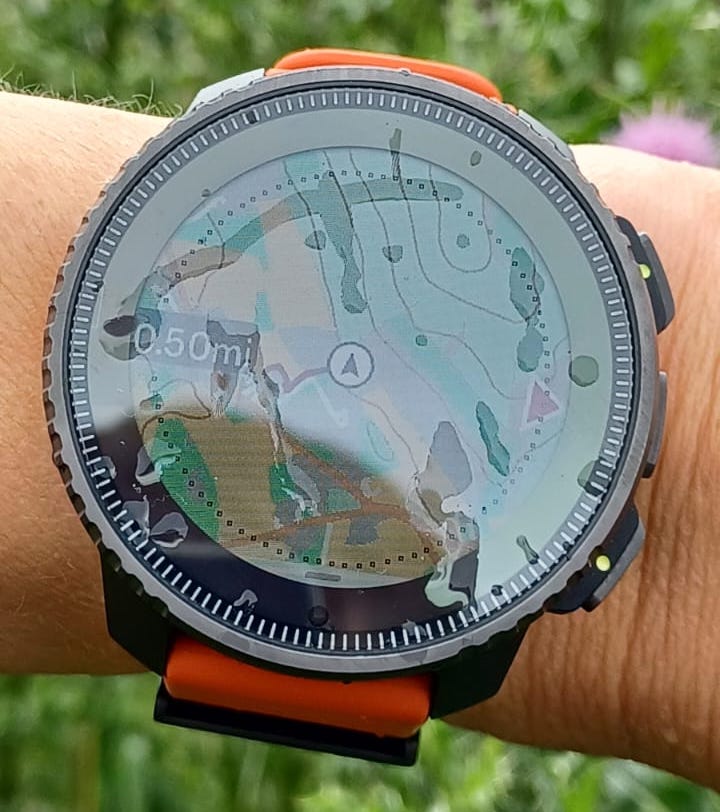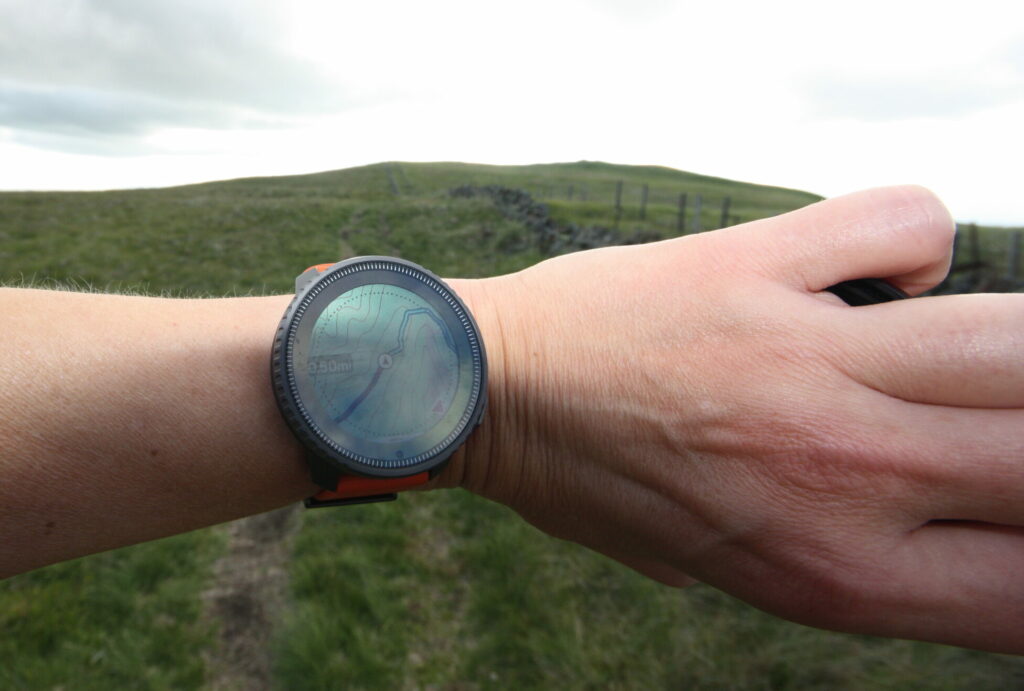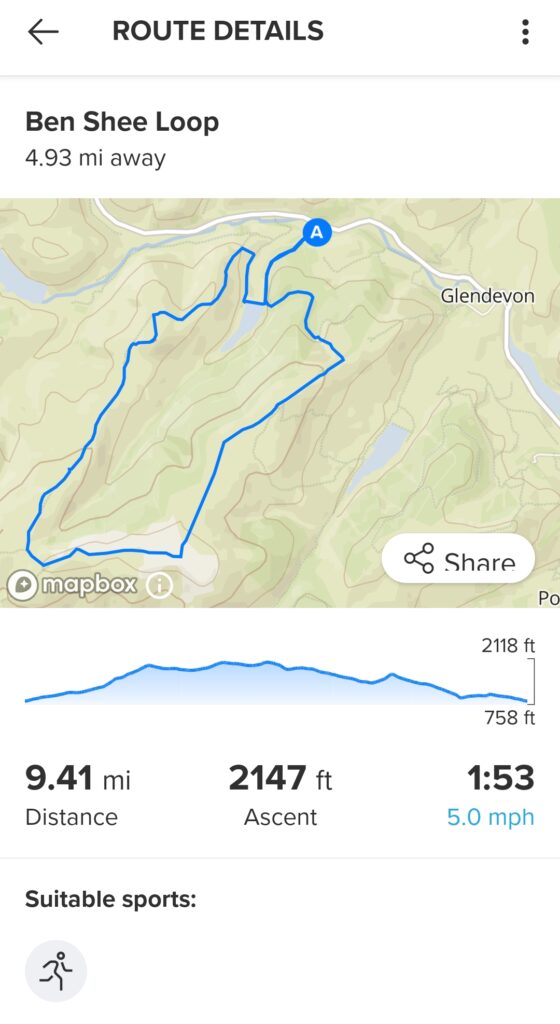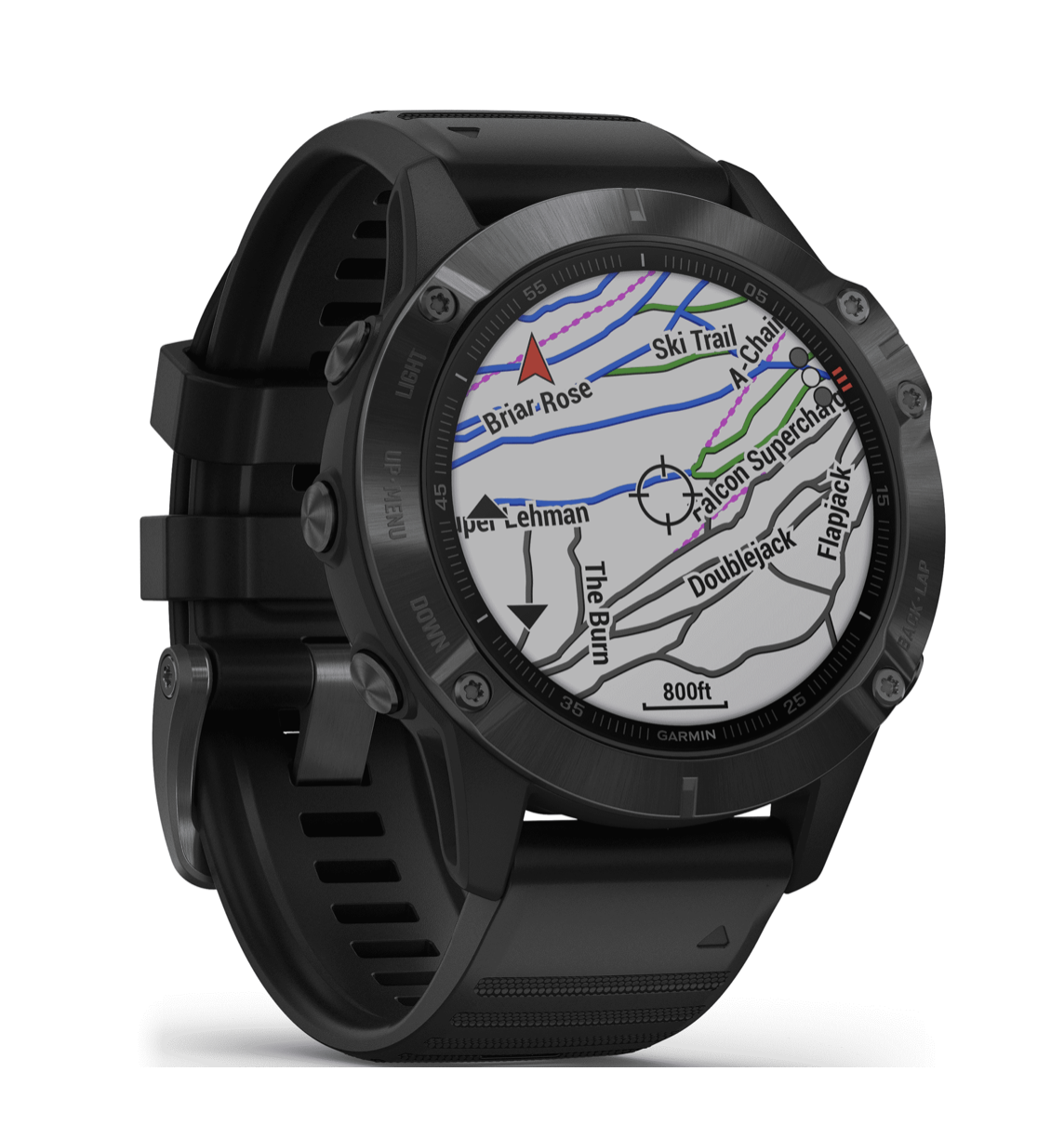SUUNTO VERTICAL Titanium Solar Canyon – Test and Review
"Over the six weeks I charged the watch fully at the start, once before a 24-hour event and once more just as a top-up. "
When I was asked to do a review for the new Suunto Vertical I almost burst with excitement. Over the years I’ve heard friends and other ultra runners talk about Suunto and I’ve liked what I heard. As someone who likes running/crawling for days on end the talk of crazy battery life really appealed to me. I can’t deny, I’m a massive Garmin fan, since I took up running again in 2018 I’ve never wore anything else. As much as the better battery life that Suunto offer has really tempted me to shift, I’ve not been able to take the plunge.
First impressions count
I don’t like something that is ‘just bling’, I like functional, I like things that serve a purpose, I like information, I like facts, I like things that will stand the test of time, and I like things that I don’t have to charge often.
I was super impressed by the look and feel of the watch when it arrived, I really liked the Canyon coloured strap, a nice change away from my usual colour, black. The straps pin closure system is sleeker than the traditional bands method on other watches. It did take me a week or so to trust that it wouldn’t just fall off, six weeks in I’m questioning why every watch strap doesn’t have this.
I am not a petite woman by any means but for some reason I do have quite small wrists and the Suunto Vertical sat perfectly. At only 74 g, 19g lighter than my existing watch, it felt super light and in the early days of testing it I had to keep checking it was still on my wrist. I also noticed over the six weeks of testing that I never seemed to bang the watch off walls/fence posts and other random objects. This might sound a strange statement, but I always seem to bang my old faithful watch off everything in sight.

Screen
At 1.4 inches, the screen size is perfect, I like to see quickly (without squinting and getting the magnifying glass out), I want to know how many miles I’ve ran, I want to know what hills are coming up, I want to know what time it is and I really need to know what my average pace over my activity is, can I smash my pb over 10 miles. The various screens display all this information and it’s easy to flick between them by using either the 3 buttons or the touch screen. I was a bit sceptical about the touchscreen to begin with, but I had no reason to be, it worked perfectly even when the screen was wet.
I also really liked that I could control my music from the watch, it was easy just to skip to the next song without having to get my phone out.

Predefined activities
Scrolling through the predefined list of 95+ activities available it was clear this watch was built for all adventures, whilst stylish enough to wear for everyday use. As well as the predefined activities it is easy to set up your own custom activity and select the stats you want to see. There’s also a number of tools that you can download which allow you to, test your Running Economy, perform Running Form Drills, and multiple other tools that assist with preparing for races and testing your V02Max.
Data
I’m a massive data fan and never take my watch off, I like monitoring my heart rate, sleep patterns, recovery and don’t even get me started on my run or hiking stats. I managed to do the ultimate test on the built-in wrist heart rate monitor. I have a serious wasp allergy and am currently going through desensitisation therapy. Every week I go to the hospital to be injected with small amounts of wasp venom and every week I get linked up to a heart rate monitor. I was pleasantly surprised to see my heart rate on the watch was the same as the hospital monitor, don’t think you can get a more accurate test than this.
The Suunto app Training Zone gives clear detailed information on training load, intensity, volume and impact while comparing it to your six-week average. The metrics provided such as Fitness CTL (Chronic Training Load), Fatigue ATL (Acute Training Load), Form TSB (Training Stress Balance), TSS (Training Stress Score) are powered by TrainingPeaks.

It’s also clear on the app to see your daily steps over the last six-weeks and calories burned. At the moment the app does not connect to MyFitnessPal but I was able to get around this by connecting to Strava and pulling the data from there.
During testing, I took part in a 24-hour running event and after a short rest period it was great to see the app reporting that I had recovered and was ready to get back to my training schedule.
Battery Life
One of the main reasons I’ve looked at Suunto watches is the battery life. Suunto claims this watch has “The best battery life out there” and throughout the six-weeks of testing I’ve had no reason to doubt this. When taking part in a 24-hour event I was left with 68% charge at the end (I charged the watch fully the day before), I didn’t need to use the watch navigation at the event, but I did intentionally leave the map screen on display and flicked between this and using the music controls.
There are 4 pre-defined battery modes, Performance, Endurance, Ultra and tour and there is also the function to create a custom mode.

I don’t like limiting the functionality of a watch, so I stayed with the default Performance setting and had no problems with charge. Between S&C sessions, dog walks and running I generally exercise around 20 hours a week and I never had to worry about charge. Over the six weeks I charged the watch fully at the start, once before a 24-hour event and once more just as a top-up.
The titanium version of the watch that I tested provides 85 hours charge in performance mode and has solar charging. I wasn’t able to quantify the additional time given by solar charging but did notice the solar bars on the watch increasing when I was outdoors, even in rainy Scotland.
Navigation
The two most important things to me when I’m looking at purchasing a watch are battery life and navigation. I really liked that I could download worldwide maps and they would be available offline. The app gives lots of detail in 2D & 3D and allows you to see heatmaps and even Avalanche terrain. I found it easy to set up a route on the app and then send it to my phone. Routes that I had previously set up in Strava were also available on the app.
The navigation on the watch worked well and beeped to tell me when a turning was coming up. It was also very easy to zoom in and out of the map. The zoom in and out feature was particularly useful when I was exploring an area I didn’t know well and I was able to zoom out to see what was around me allowing me to change route and divert to a nearby farm track.
I would be confident to use this watch to navigate on an upcoming race, Race Across Scotland (215 miles on the Southern Upland Way).
Conclusion
As a loyal customer of Garmin it took me a few weeks to stop comparing the Suunto Vertical to my existing Garmin Fenix 6X, I think I wanted to find fault but I couldn’t. The Suunto Vertical sits better on my wrist, is more stylish, has better battery life and I cannot fault the navigation. When it’s time for me to replace my watch, I will definitely consider a move to Suunto.
Review by Gillian McColl
SUUNTO VERTICAL Titanium Solar Canyon
£725









